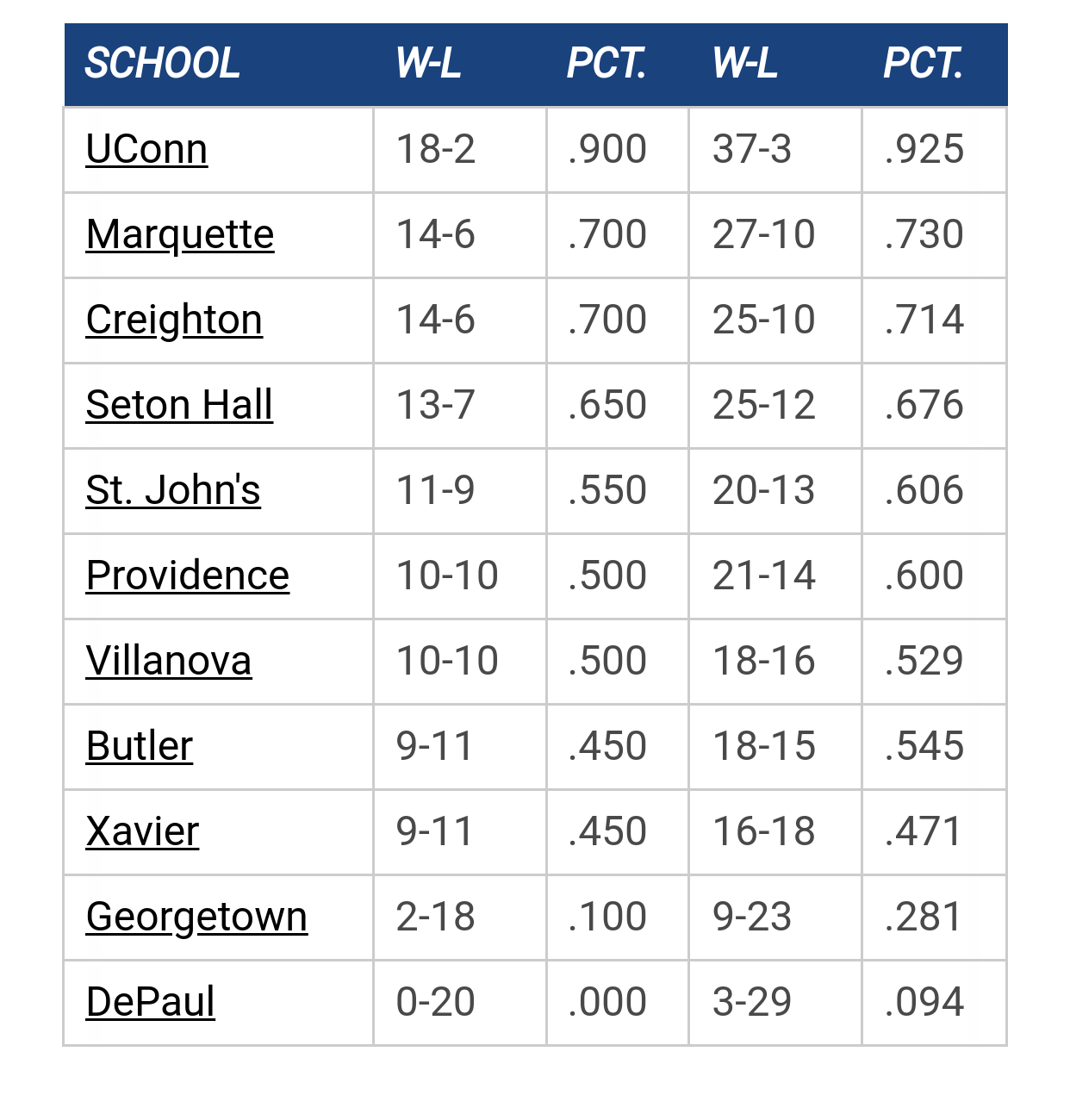- Welcome to MUScoop.
Pearson to MU by tower912
[Today at 05:47:57 AM]
Marquette freshmen at Goolsby's 7/12 by MuMark
[July 12, 2025, 09:44:22 PM]
Recruiting as of 7/15/25 by MuMark
[July 12, 2025, 07:09:07 PM]
Marquette NBA Thread by MuggsyB
[July 12, 2025, 08:06:27 AM]
Nash Walker commits to MU by Captain Quette
[July 11, 2025, 02:40:11 PM]
Congrats to Royce by tower912
[July 10, 2025, 09:00:17 PM]
[Today at 05:47:57 AM]
Marquette freshmen at Goolsby's 7/12 by MuMark
[July 12, 2025, 09:44:22 PM]
Recruiting as of 7/15/25 by MuMark
[July 12, 2025, 07:09:07 PM]
Marquette NBA Thread by MuggsyB
[July 12, 2025, 08:06:27 AM]
Nash Walker commits to MU by Captain Quette
[July 11, 2025, 02:40:11 PM]
Congrats to Royce by tower912
[July 10, 2025, 09:00:17 PM]
The absolute only thing required for this FREE registration is a valid e-mail address. We keep all your information confidential and will NEVER give or sell it to anyone else.
Login to get rid of this box (and ads) , or signup NOW!
User actions


